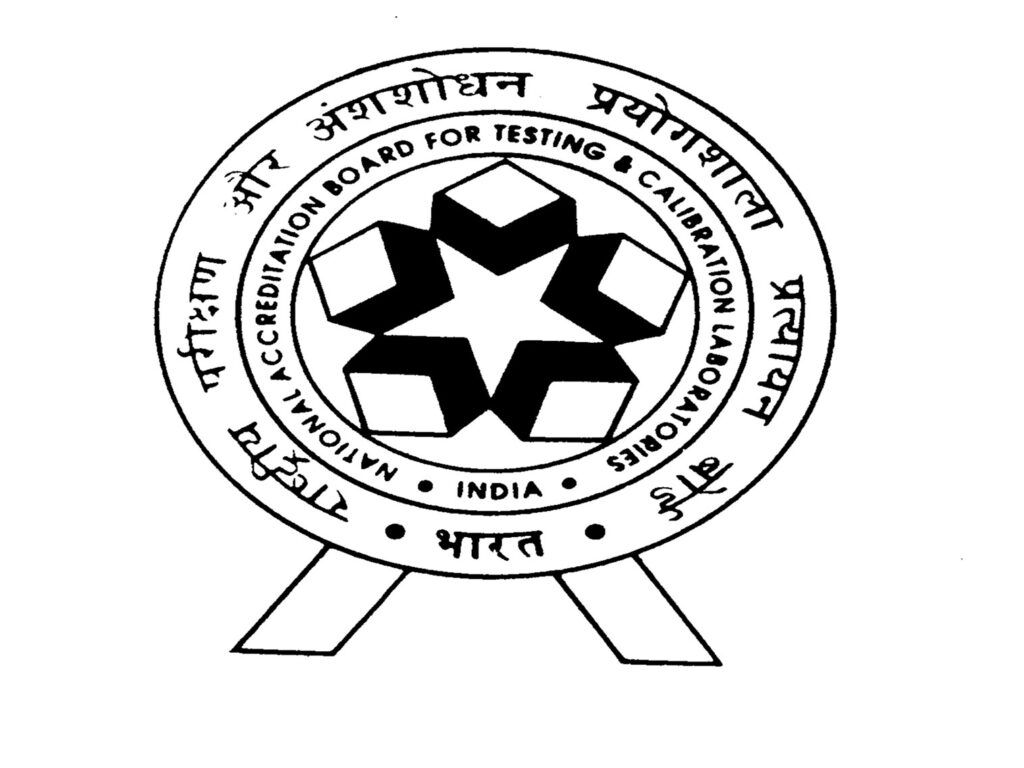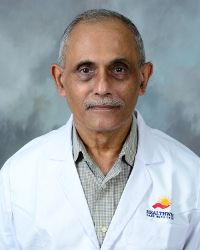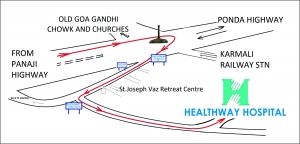
Plastic Surgery
Plastic surgery is a surgical speciality concerned with the correction or restoration of form and function. Though cosmetic or aesthetic surgery is the best-known kind of plastic surgery, all plastic surgery is not cosmetic.
At Healthway Plastic surgery includes many types of reconstructive surgeries, hand surgeries, microsurgeries and the treatment of burns. Unlike other surgical specialties, plastic surgery is not organised around a specific organ system. Plastic surgery is based more on principles than on the details of specific procedures. This allows the plastic surgeon to solve unusual problems, to operate from the top of the head to the tip of the toe, to apply known procedures to other body parts, and to be innovative. Plastic surgery consists of reconstructive surgery and cosmetic surgery but the boundary between the two, like the boundary of plastic surgery itself, is difficult to draw.
SERVICES
- Congenital deformities
- Gynecomastia
- Liposuction
- Limb trauma
- Soft tissue trauma
- Surgical tattoo removal
- Thermal injuries
Plastic surgery can improve or correct many of these birth defects. Because timing of surgery is often an important factor in improving the prospect for a successful outcome, early consultation should be sought with a plastic surgeon.
Gynecomastia is a condition of overdeveloped or enlarged breasts in men that can occur at any age. The condition can be the result of hormonal changes, heredity, obesity or the use of certain drugs. To remove excess breast tissue from the male chest, male breast reduction surgery is often necessary. This procedure takes away breast tissue, fatty tissue, and excess skin..
Liposuction surgery sculpts your body, eliminating unwanted pockets of excessive fat from the buttocks, abdominal wall, hips, love handles, saddlebags, thighs, calves, ankles, breasts (including male breasts), back, arms and neck. Liposuction is often combined with other procedures to create a desired shape and is one of the safest and most popular cosmetic procedures.
Soft tissues trauma of upper and lower limb ranges from pretibial lacerations in the elderly, accidental hand injuries to limb threatening open fractures with vascular injuries. Patients with these wounds initially present to Emergency Medicine specialists and General Practitioners (GP) and so a broad knowledge of the concepts involved will aid these doctors in correctly assessing injuries and deciding which patients need specialist referral. The factors that influence management of a leg injury are wound site and its relation to the relevant anatomy, the nature of the wound (e.g. crush, laceration, degloving), the energy involved, contamination and tissues involved, the presence of coexisting injuries and patient co morbidities.
We assist you in managing soft tissue trauma of the hands and face with the quickest treatments to get you back to work and everyday life. After assessing your injury, expert opinion will guide your treatment for the quickest and most effective outcome.
With our advanced excision eliminate unwanted traces of the past and move forward with the confidence you deserve with the help of surgical tattoo removal.
Thermal injury remains a common clinical event. The severity of injury ranges from mild to catastrophic, and recovery from burn injuries must take into consideration functional as well as aesthetic outcomes. The cornerstones of upper extremity burn care are early excision and stable soft tissue coverage, splinting, early mobilization and concerted rehabilitation.







